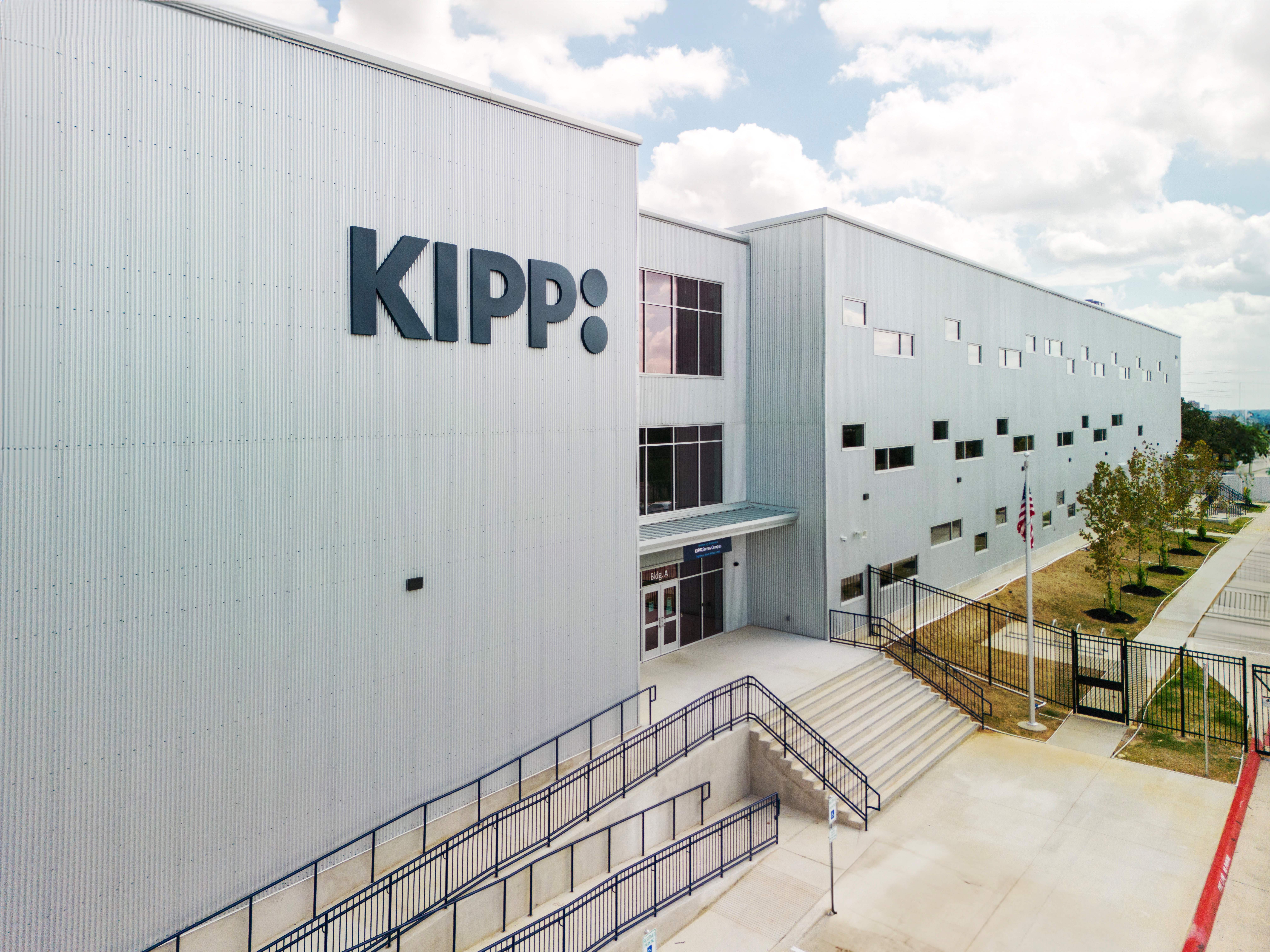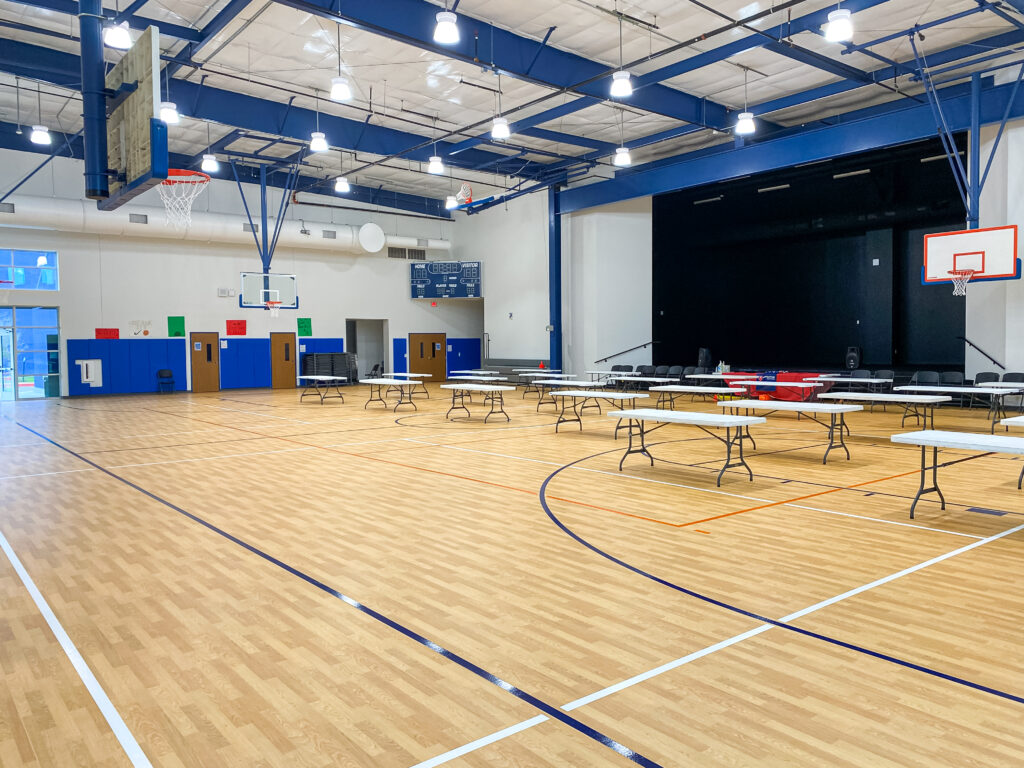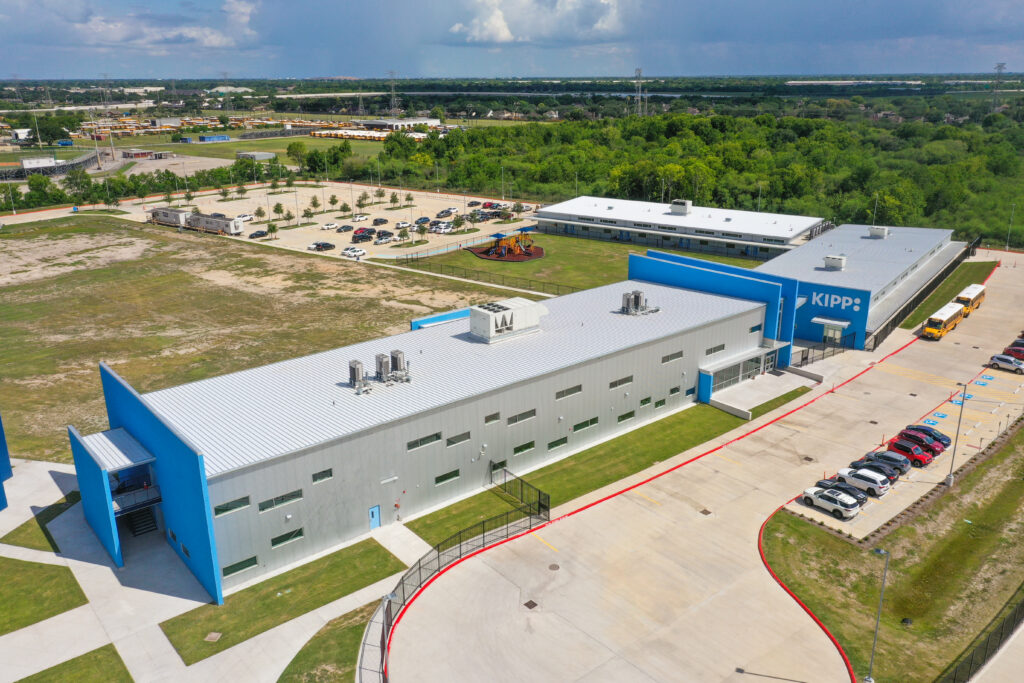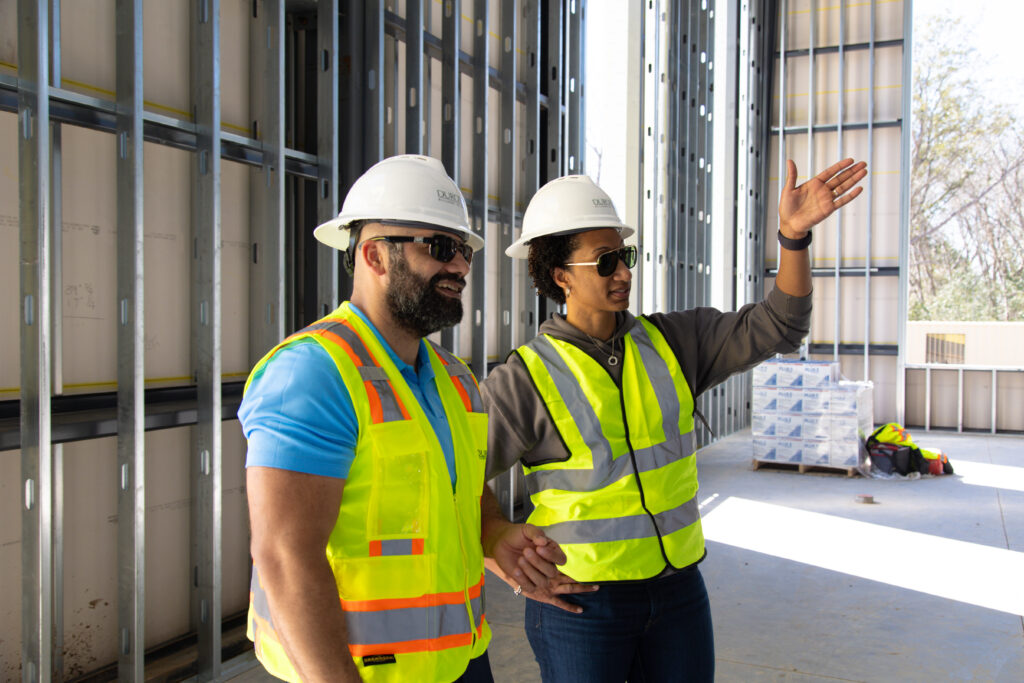While independent school districts (ISDs) invest considerable time and money to win voters’ approval to issue bonds that support facility construction projects, public charter school organizations face an even more formidable challenge when they need to purchase property and build facilities.

According to Brian Whitley, Vice President of Communications for the Texas Public Charter Schools Association, charter schools in Texas don’t receive any funding from local property taxes, which are the main source of capital investment funds for traditional school districts. “Instead,” he says, “charter schools receive a relatively small amount of facilities funding from the state. During the 2022-2023 school year, this amount was $174 per student for charter schools while per-student facilities funding for traditional districts is often between $1,000 and $2,000.”

Leaders for public charter school systems such as YES Prep Public Schools (YES Prep) and KIPP Texas Public Schools (KIPP Texas) agree that they must accomplish “more with less” to support the tremendous growth their organizations have experienced. YES Prep, which Chris Barbic founded in 1998, has grown to serve over 18,000 students across its 20+ campuses. Nearly 30 years after KIPP founders Mike Feinberg and Dave Levin launched a charter program in a public elementary school in Houston, KIPP has developed a nationwide network of 275 schools in 27 regions across the United States.
Demand for KIPP’s education programs remains particularly strong in its home state of Texas. “We’ve constructed more than 400,000 new square feet of space across three cities over a two-year period to open nine schools that serve an additional 3,500+ students,” says Eric Kot, Deputy Chief of Construction and Real Estate for KIPP Texas Public Schools. These schools — and the majority of those constructed by YES Prep and KIPP — are metal buildings.
Building Material Choices Impact Costs, Function & Appearance
Kot says using metal buildings helps his team achieve its purpose of “identifying, purchasing and constructing safe, equitable and affordable space conducive to great teaching and learning.” Three of the major benefits he believes metal buildings offer are cost effectiveness, speed of construction and design flexibility. Carmen Darville, Chief Operations Officer for YES Prep, concurs — and adds durability and sustainability to this list.

- Cost effectiveness and speed of construction: Metal buildings are engineered and fabricated, reducing materials waste. The metal building manufacturers’ engineers can create shop drawings, order steel and begin fabrication concurrently with the permitting process. Metal building components are made offsite and rapidly assembled once they are delivered. Fewer trades are needed onsite, which lowers labor costs and reduces the time spent on project coordination.
“We can quickly ‘dry in’ a metal building,” says Allston Marble, Vice President for Linbeck Group, LLC, which has constructed numerous buildings for YES Prep and KIPP Texas. “As soon as the building is enclosed, we can install the building systems and finish out the interiors. Our average construction period from the time we get a notice-to-proceed is about 10 months, including site prep and building construction. That’s very fast for buildings this large that need to open in time for the next school year.” - Design flexibility and distinct details: “Using metal buildings allows us to meet our design standards while achieving our program and operational goals,” Kot says. “For example, one of our standards is to make sure every classroom has natural light. We use large rectangular windows on the exterior to accomplish this. For interior classrooms, we typically add skylights in the hallways and borrow that light by placing windows high on interior classroom walls.”
KIPP Texas and YES Prep schools also feature signature design details. The logotype for KIPP Texas typically appears as 6-to-12-foot-tall letters on a building’s front facade. The YES Prep blue is used prominently on the exterior of this organization’s buildings to provide a unified look across its campuses. According to Element Architects + Interiors Partner Michael Graham, AIA, LEED AP, the Y-shaped column supporting the main entry awning at YES Prep schools was developed to provide an identifiable architectural element that bolsters brand recognition while hiding a downspout. - Durability: “Metal buildings are known for their strength and longevity, making them a reliable option for our school facilities,” Darville says. A metal building system can last for six or more decades, which is longer than many buildings constructed with concrete, wood, or other standard materials. Research studies have also shown that metal buildings can withstand winds of up to 170 mph and that metal roofs withstand other extreme weather conditions, such as hail, with minimal to no functional damage.
- Sustainability: Metal buildings are composed of steel, which is recyclable. Unlike other materials, recycled steel loses none of its inherent qualities, so it can be reused and repurposed to make a variety of products and structures — from cars and bridges to new buildings.
- Flexibility and Adaptability: Metal school buildings can be completed in phases, easily replicated and expanded, and adapted to meet unique site requirements. For example, the gymnasium buildings on several of YES Prep’s and KIPP Texas’ properties were designed as open-air sports pavilions that were later enclosed when funds became available. Buildings on the KIPP Somos Campus in San Antonio are up to three stories tall and precisely configured to fit on the 6.5-acre buildable portion of a heavily wooded, sloped site.

Concluding Thoughts
“It is very expensive to construct buildings and we have to be super smart and disciplined to balance our needs with our budget and schedule,” Kot says. “We’ve looked at concrete tilt wall as an option, but we found it to be less flexible and adaptable than what we can accomplish with metal buildings. People have asked if we’ve considered using wood. However, wood typically doesn’t last as long as steel and it usually costs more.”
While some believe metal building technology offers limited customization, KIPP Texas and YES Prep building teams are happy with the options currently available. “We believe the versatility of metal buildings allows for customization to suit different design preferences and functional requirements as we continue to grow,” Darville says.
“Based on what I see here in Texas, most ISDs aren’t using metal buildings,” Kot observes. “I think this is because there is a misperception that the quality of metal might not be the same as it is for stucco or brick. I haven’t heard anyone say that, though. The folks in our communities love what we have done with metal building technology. The buildings look amazing and meet our program needs.”

